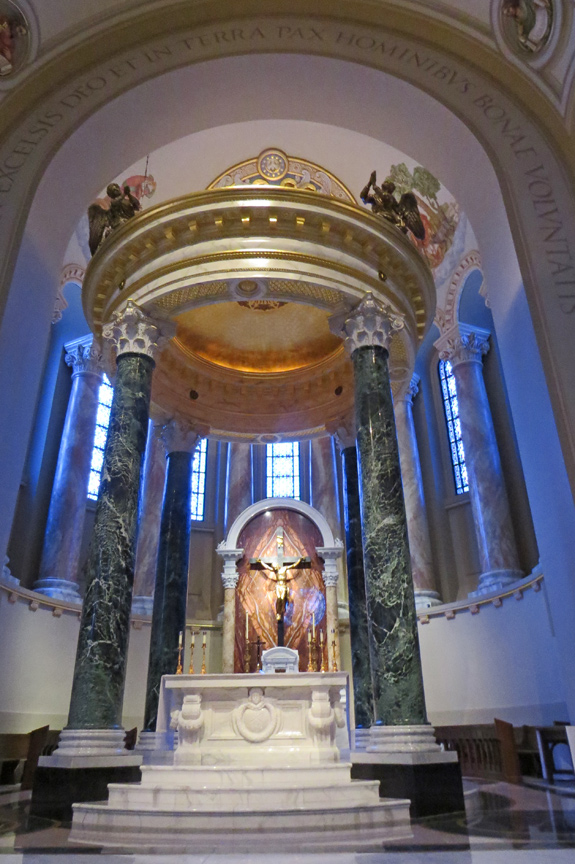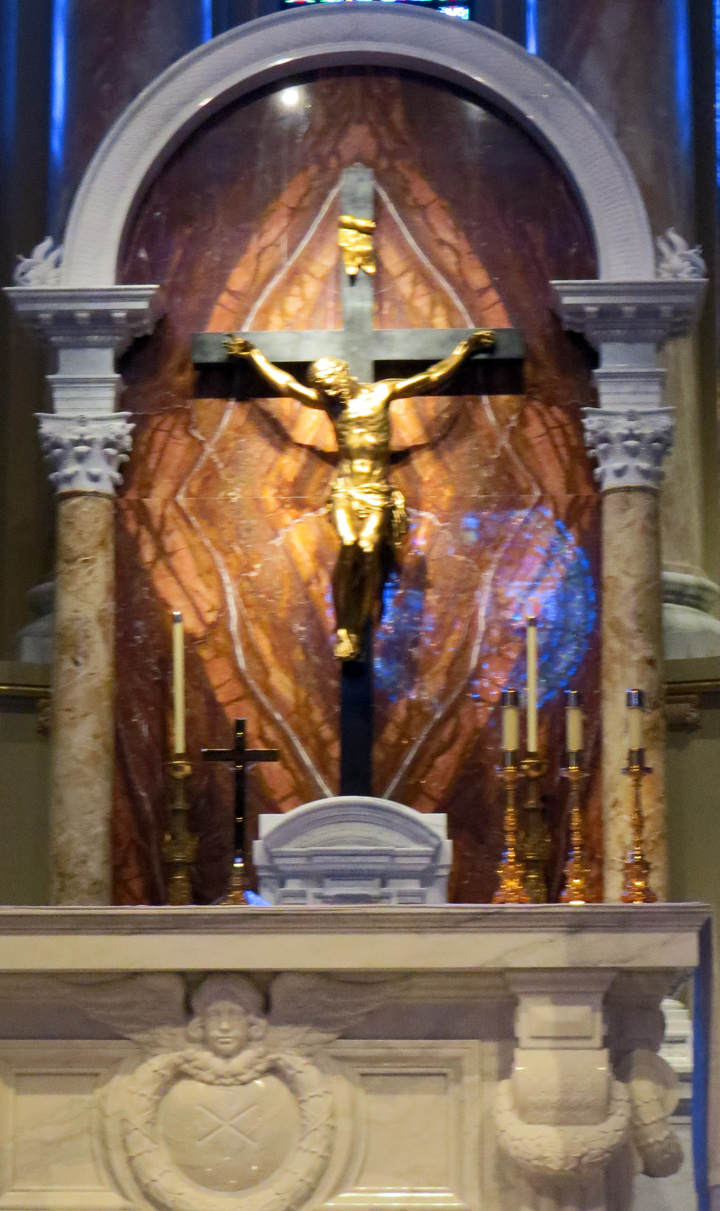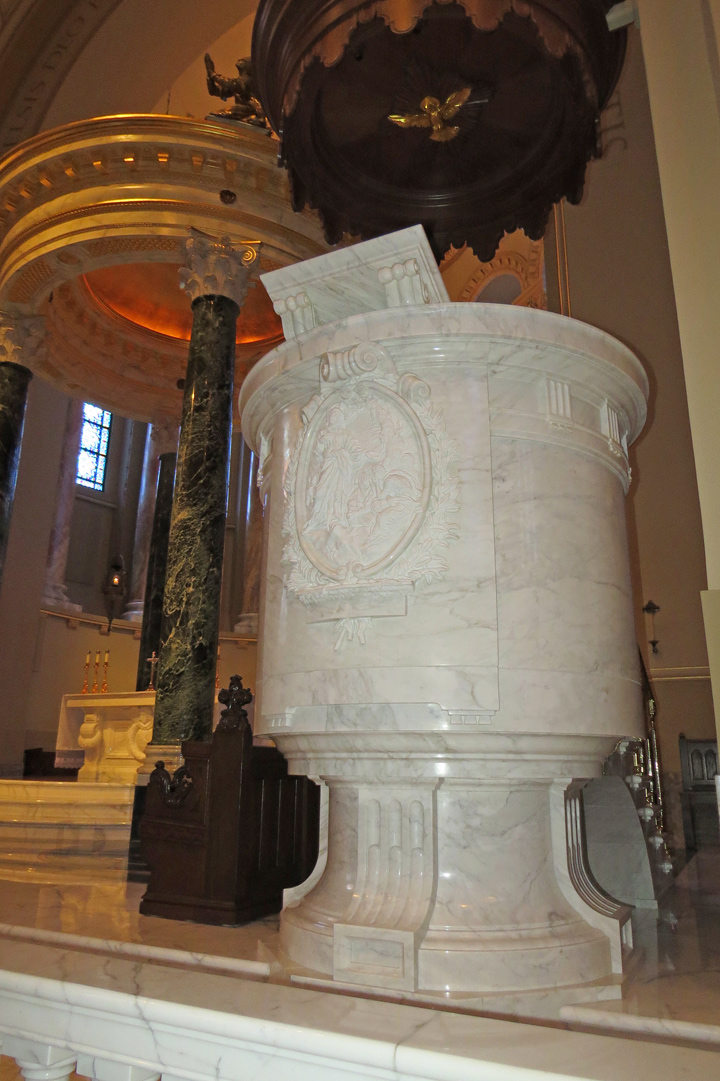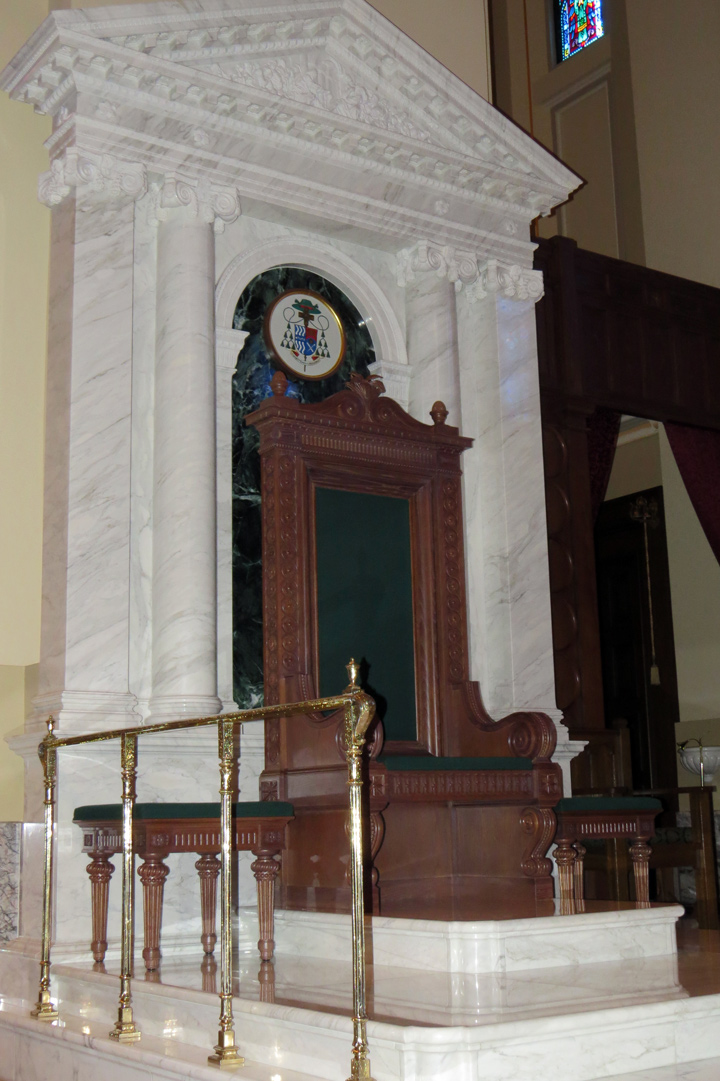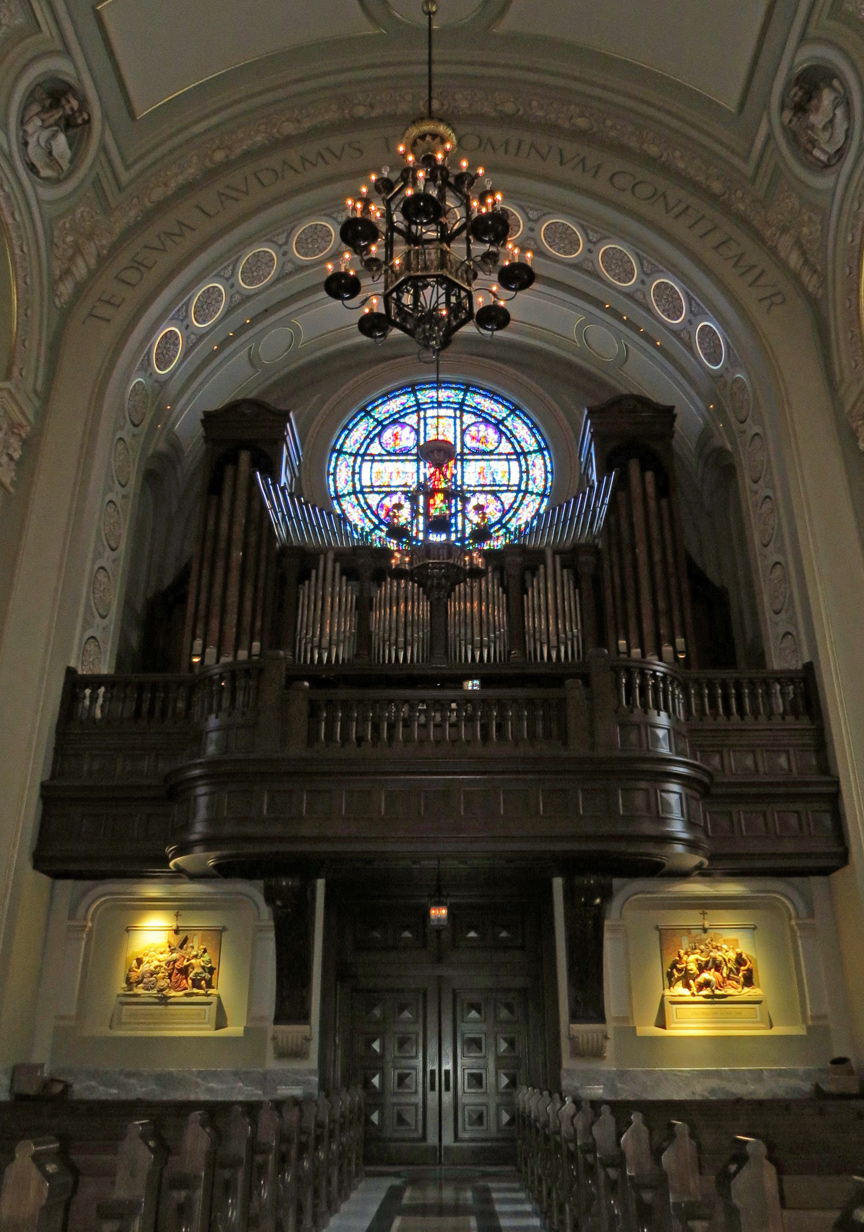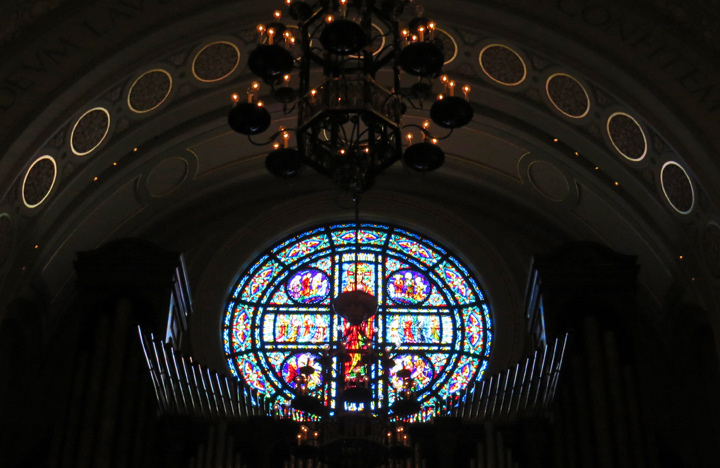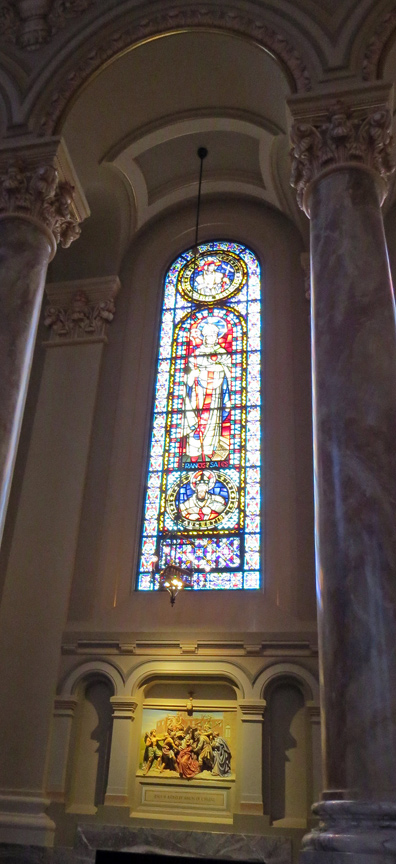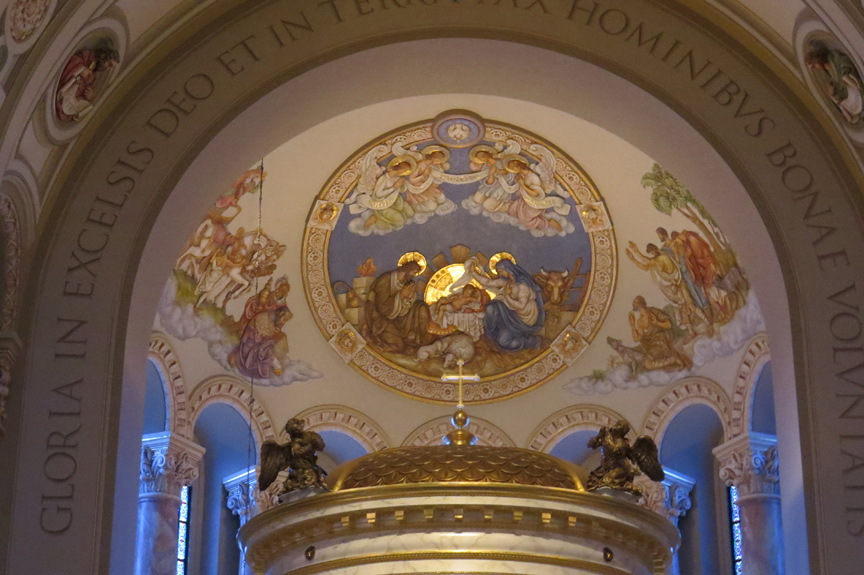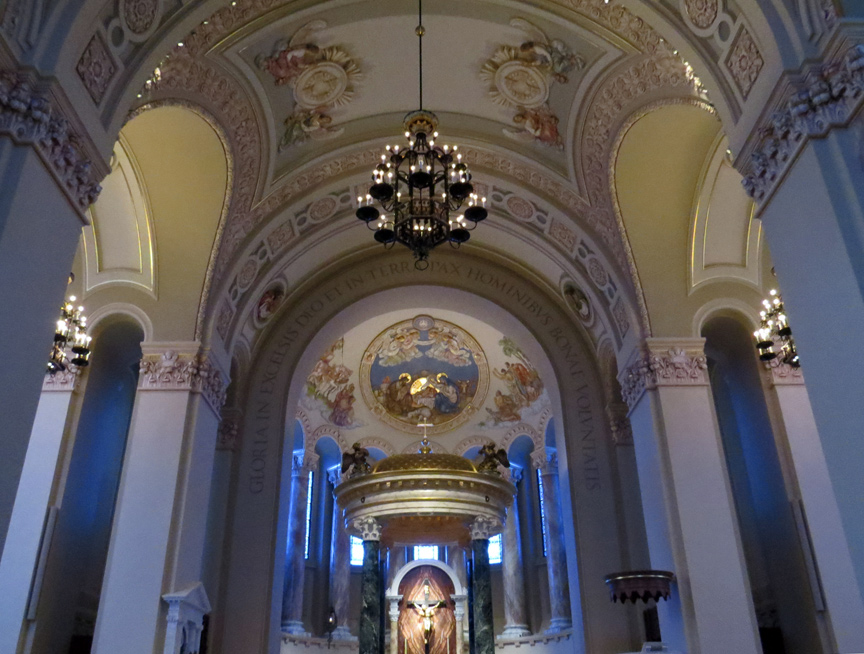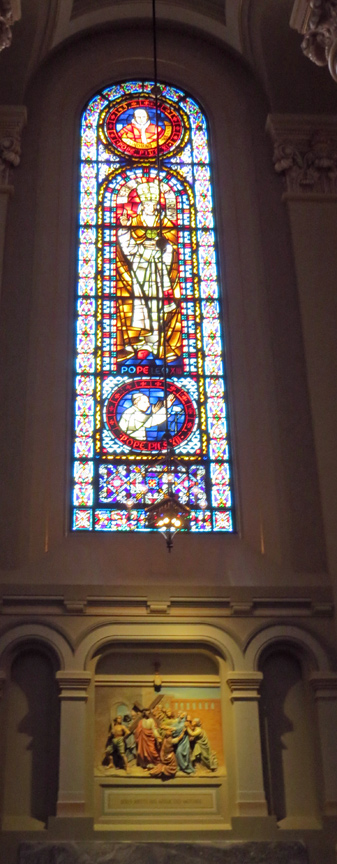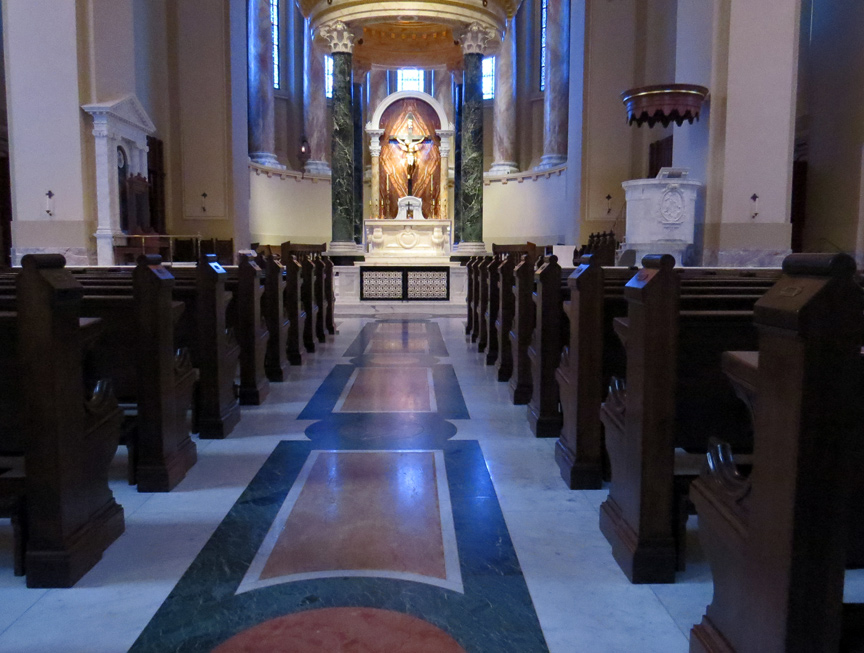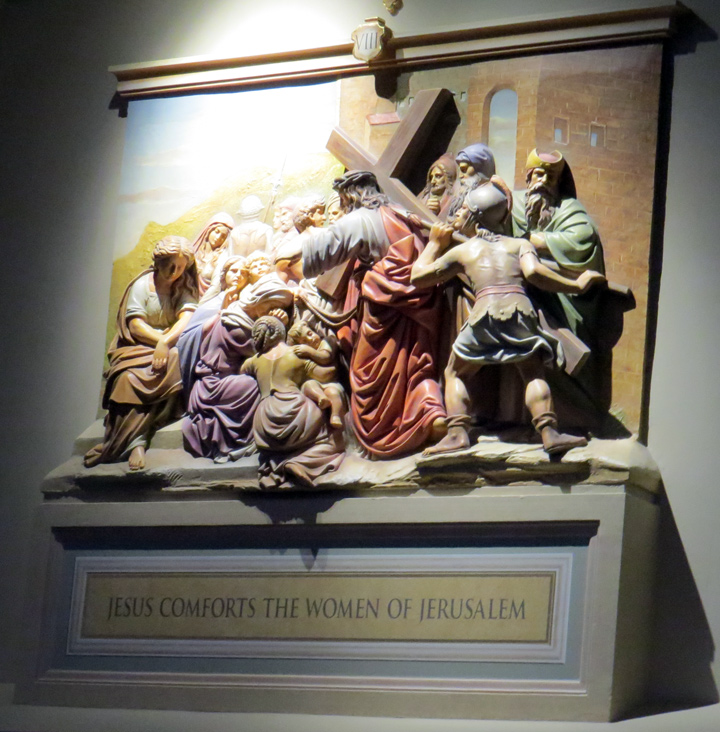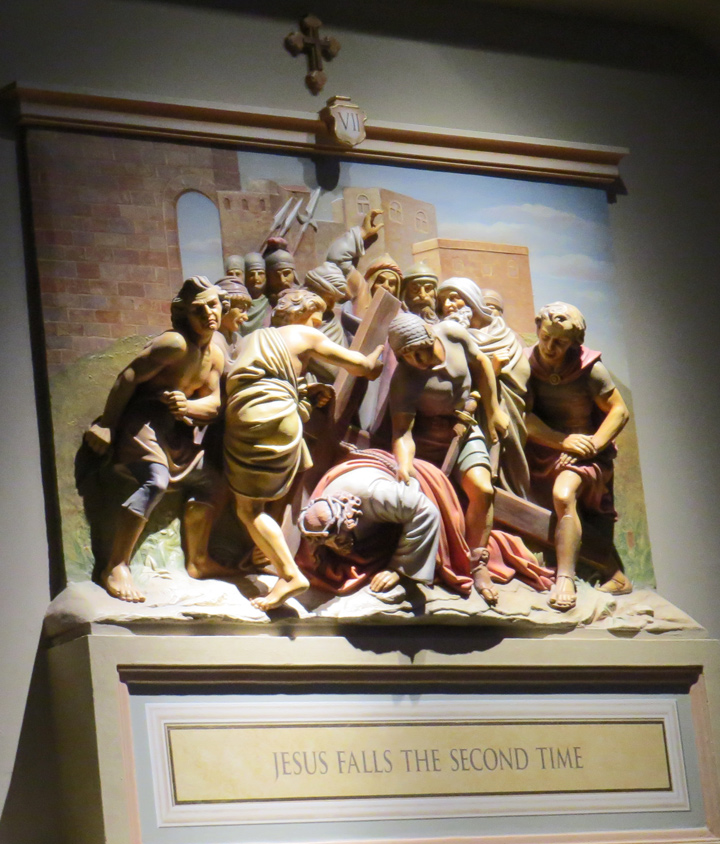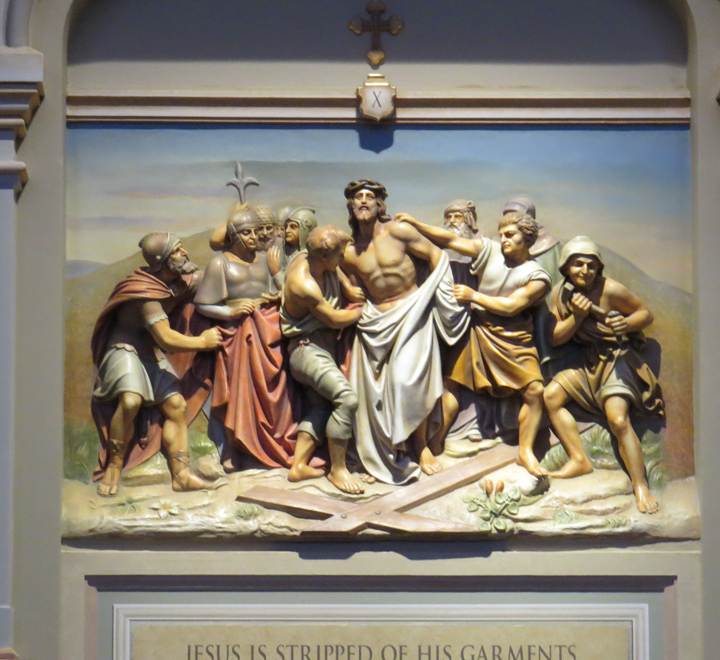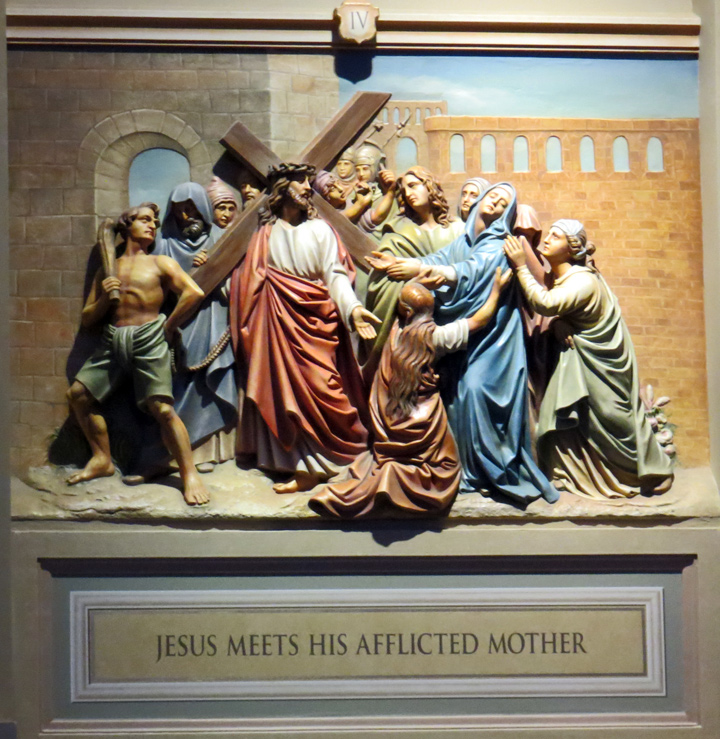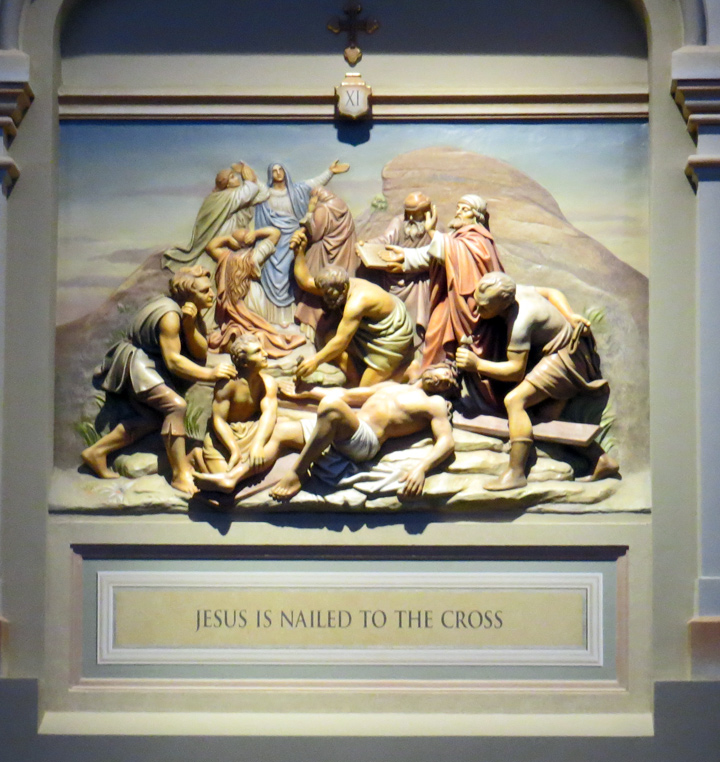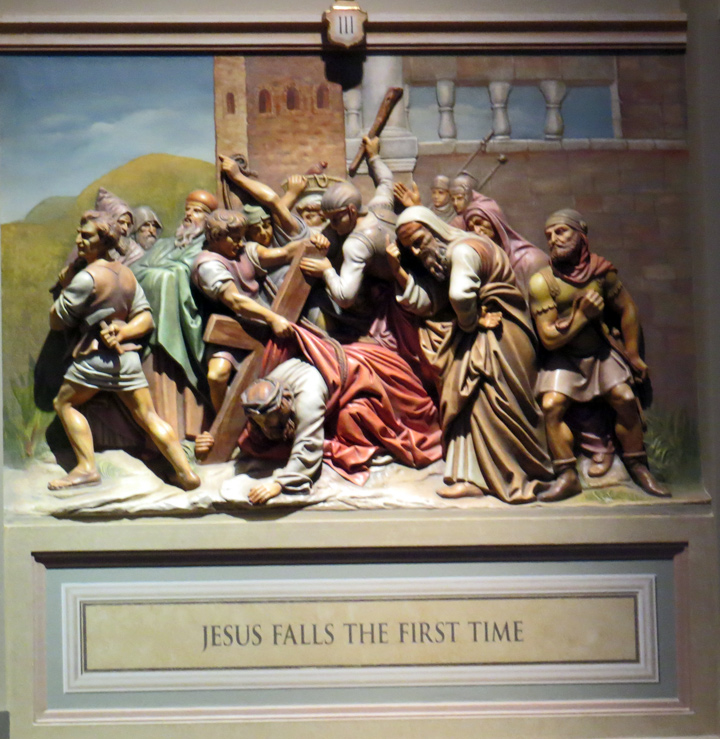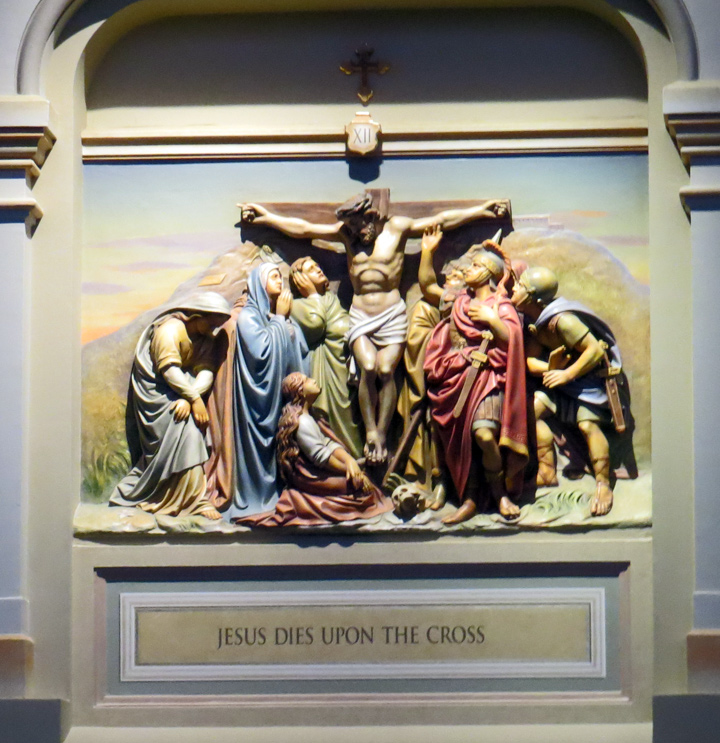

Cathedral
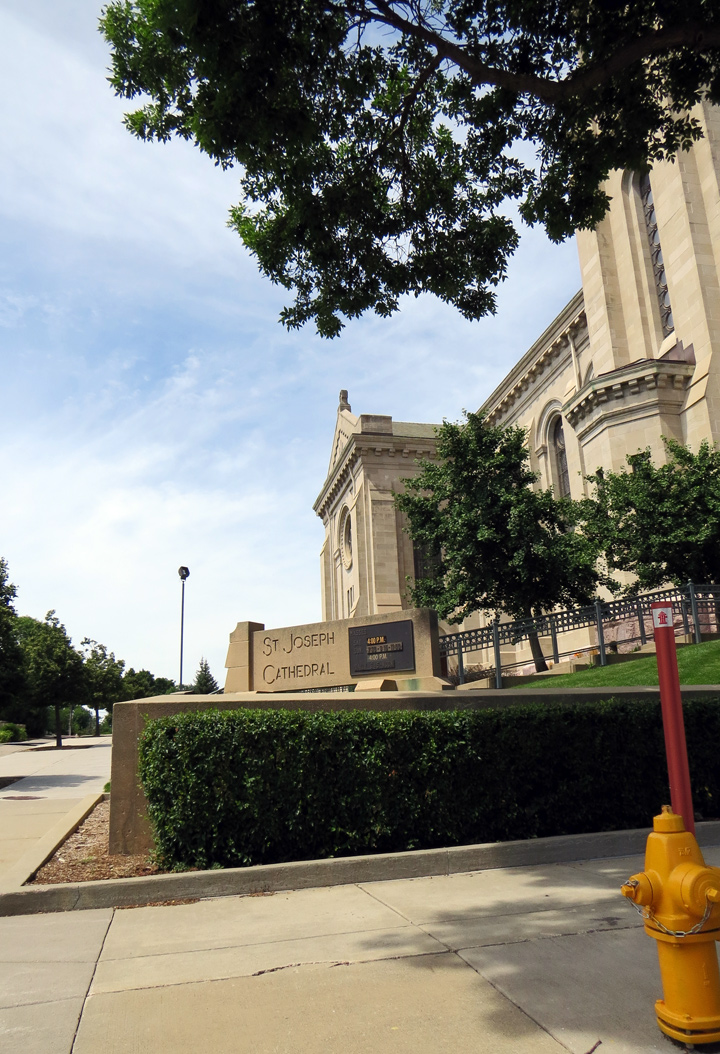
St. Joseph Cathedral, Sioux Falls
The Roman Catholic Diocese of Sioux Falls (Latin: Dioecesis Siouxormensis) is a Roman Catholic diocese in the U.S. state of South Dakota. It comprises that part of South Dakota east of the Missouri River. The current bishop of the diocese is Bishop Paul J. Swain. It is a suffragan see of the Archdiocese of Saint Paul and Minneapolis. The See city for the diocese is Sioux Falls. The cathedral parish is St. Joseph Cathedral.

On August 12, 1879 Pope Leo XIII established the Vicariate Apostolic of Dakota
from territory taken from the Diocese of Saint Paul. It lost territory on
November 10, 1889 when the Diocese of Jamestown was established in North Dakota.
Two days later on November 12 the Diocese of Sioux Falls was established and the
vicariate was suppressed. The diocese lost territory in 1902 when the Diocese of
Lead was established in western South Dakota.The architect for the St. Joseph
Cathedral was Emmanuel Louis Masqueray.
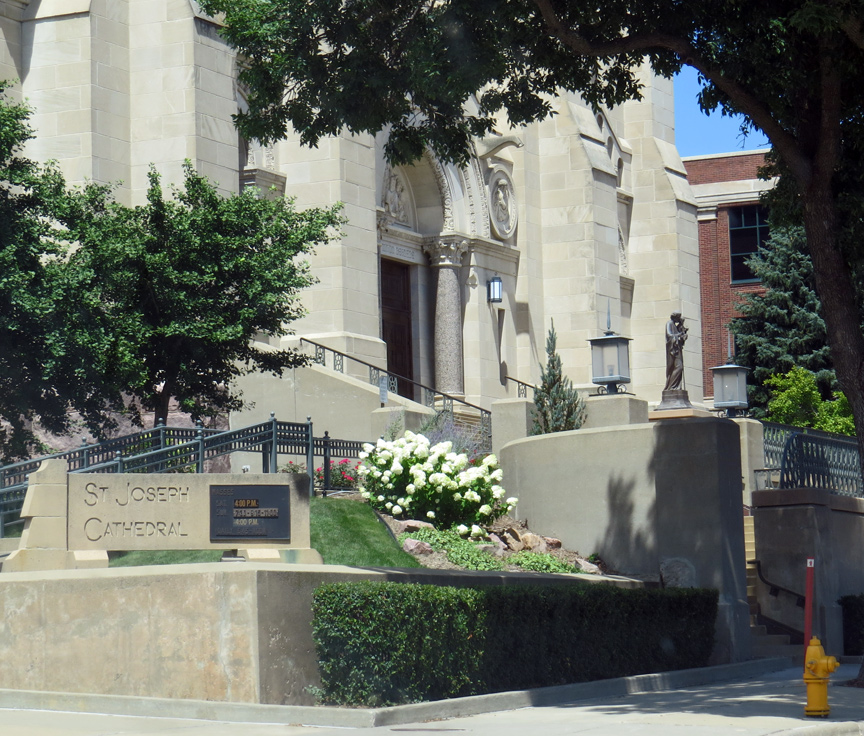
The Cathedral of St. Joseph traces its history to the establishment of St. Michael’s Church, Sioux Falls' first Catholic parish. It was founded in 1881 and a wooden building was constructed for a church. Two years later a larger brick church was built. It became the Pro-Cathedral when Bishop Martin Marty, who was Vicar Apostolic of the Dakota Territory, arrived in Sioux Falls in 1889. On November 12, of the same year Pope Leo XIII established the Diocese of Sioux Falls, and St. Michael’s become the cathedral for the new diocese.
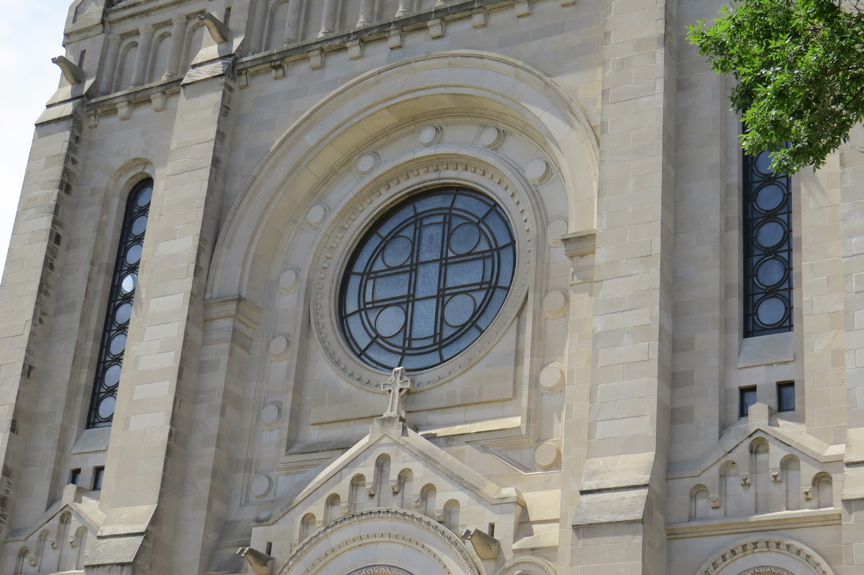
Bishop Thomas O'Gorman succeeded Bishop Marty in 1896 and in time desired a new
and larger cathedral. He was a friend of Archbishop John Ireland of St. Paul and
he attended the dedication of the Cathedral of St. Paul in 1915. He conferred
with the architect of the new St. Paul cathedral Emmanuel Masqueray, who was
hired to design the present cathedral in Sioux Falls. St. Michael’s was moved
and the rectory was torn down. Construction of the new cathedral was begun in
1915. Masqueray died in 1917 and shortages during World War I slowed
construction. Edwin Lundie, Masqueray’s chief assistant, took over the project.
The first Mass in the unfinished cathedral took place on December 8, 1918 and it
was dedicated after its completion on May 7, 1919.
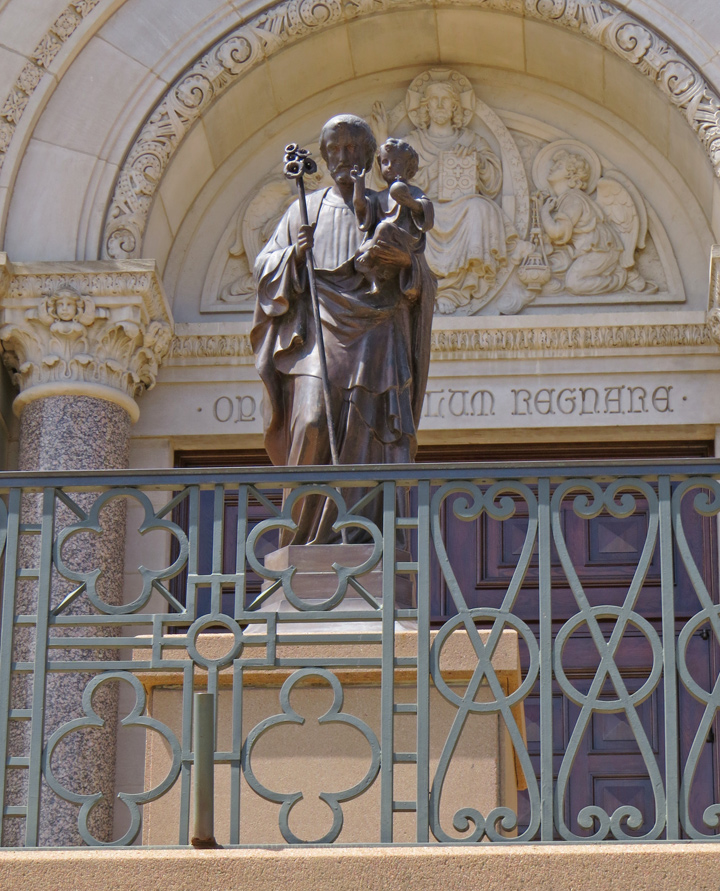
The structure has been altered over the years. A Kilgen pipe organ was installed
in 1935. A fire in the lower church did significant damage to the cathedral in
1942. Conrad Schmitt Studios decorated the interior the following year, and the
marble high altar and tester were installed in 1946. The frosted glass windows
were replaced by French stenciled stained glass windows in 1947. A major
interior restoration took place between 1970 and 1974. A new free-standing altar
was installed at that time. In 2004 Sacred Heart Chapel was created in the
sacristy and the basement was renovated to become a parish hall. Another major
renovation of the cathedral interior was completed in 2011.
Text from Wikipedia
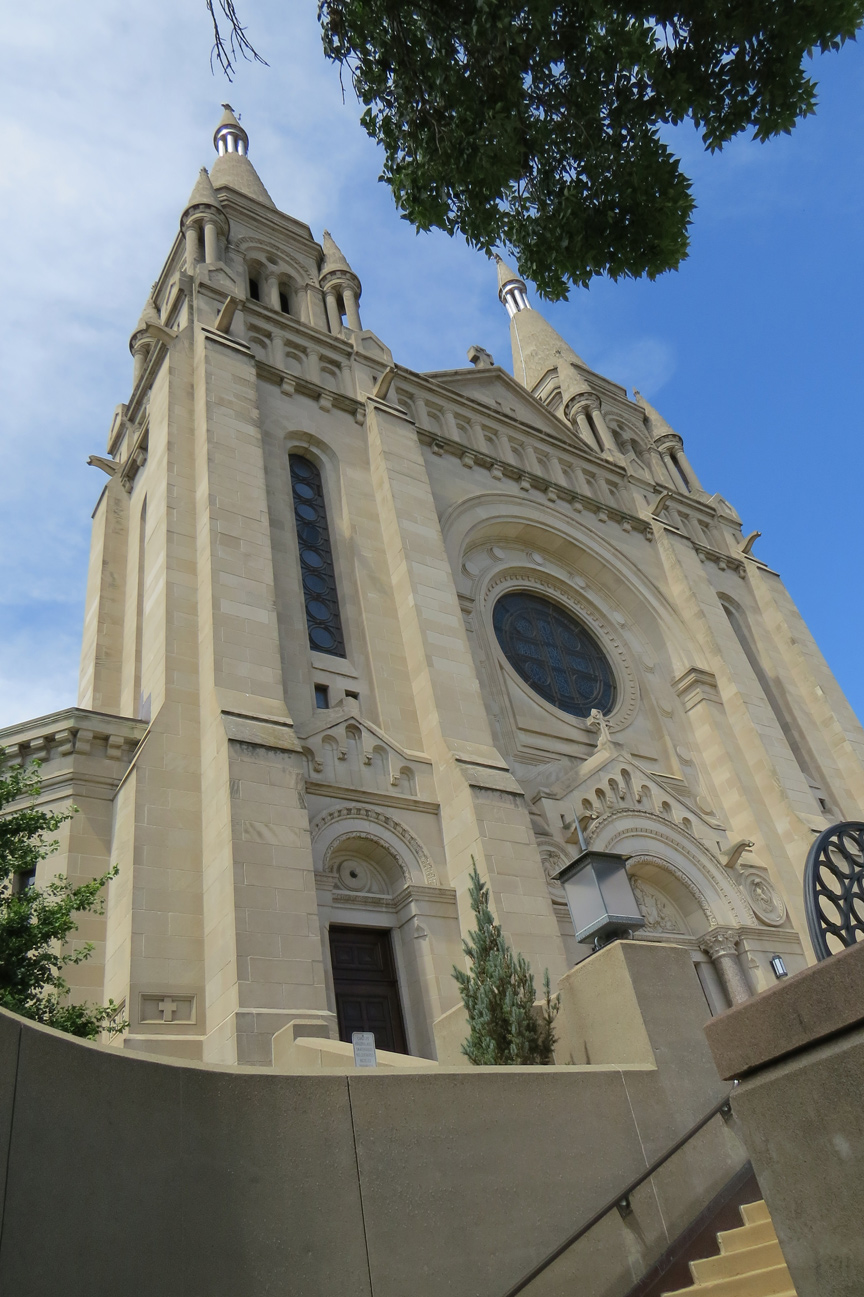
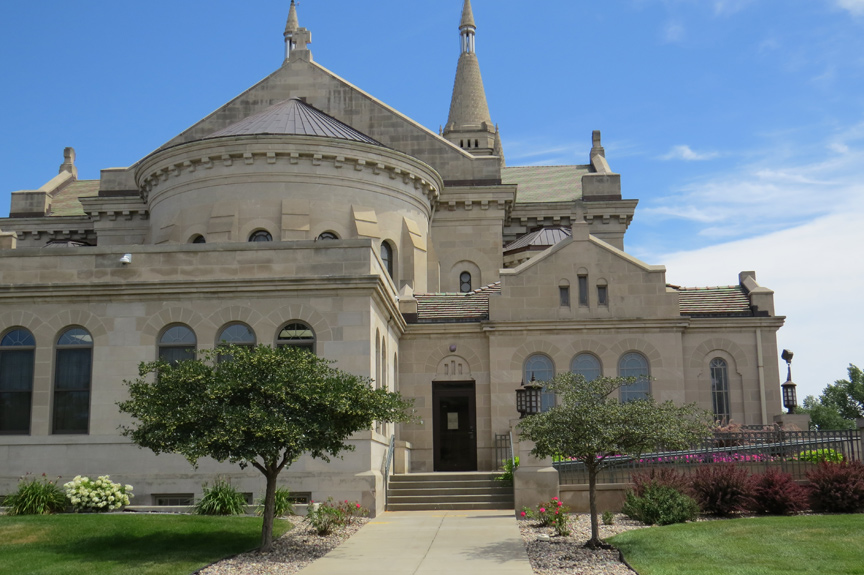
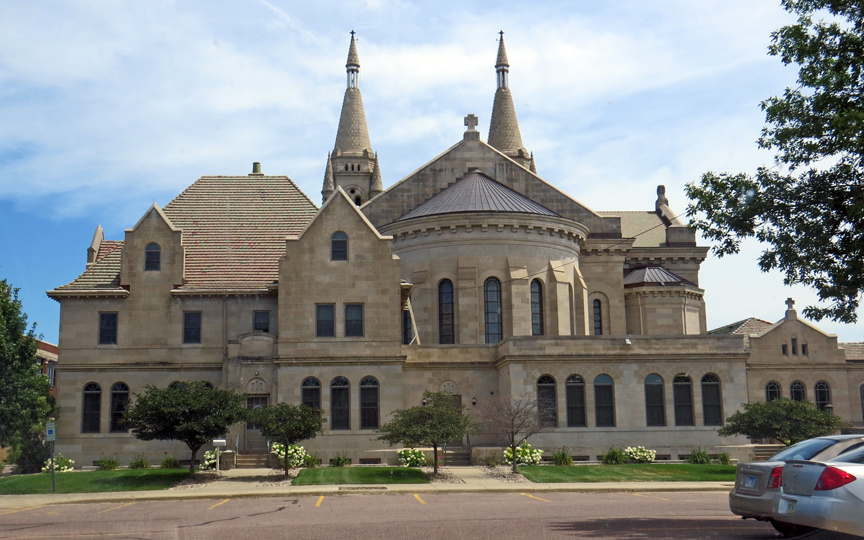
Interior
